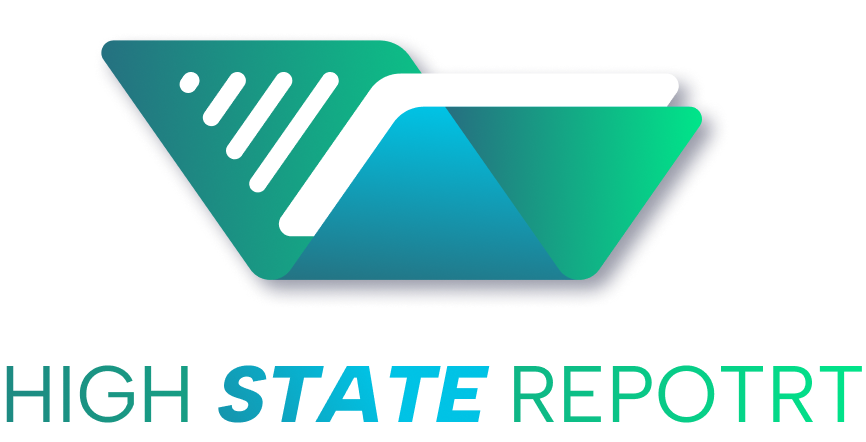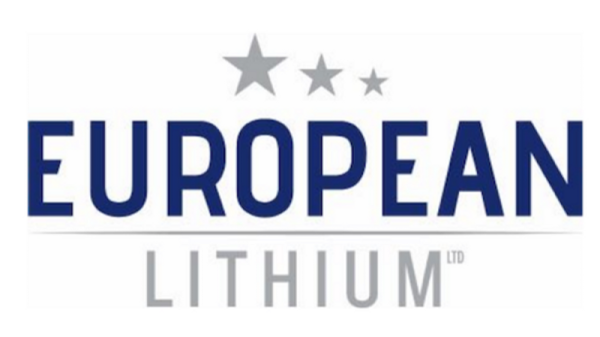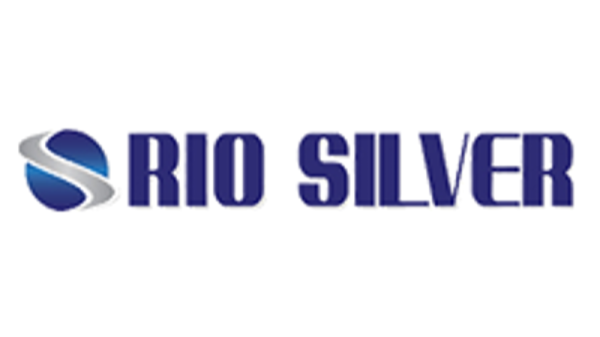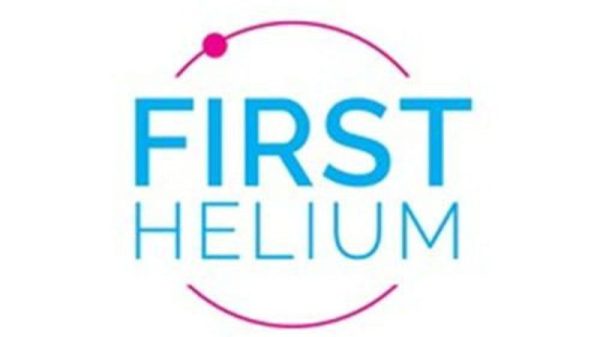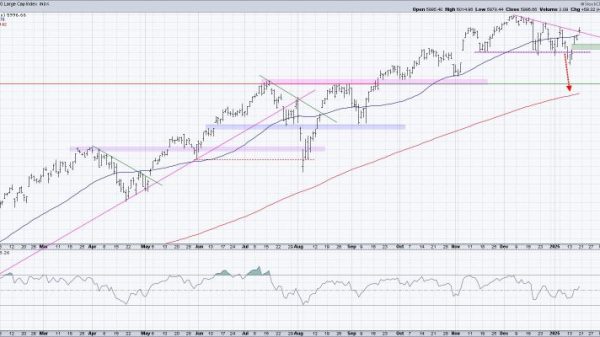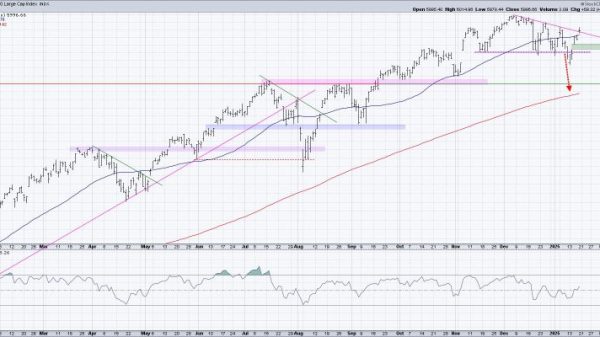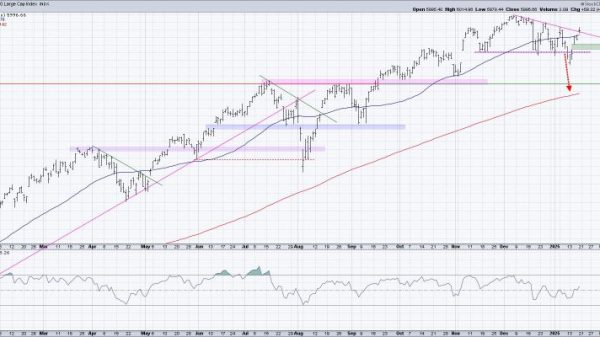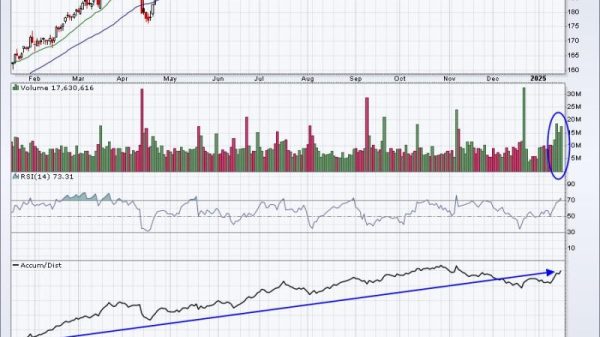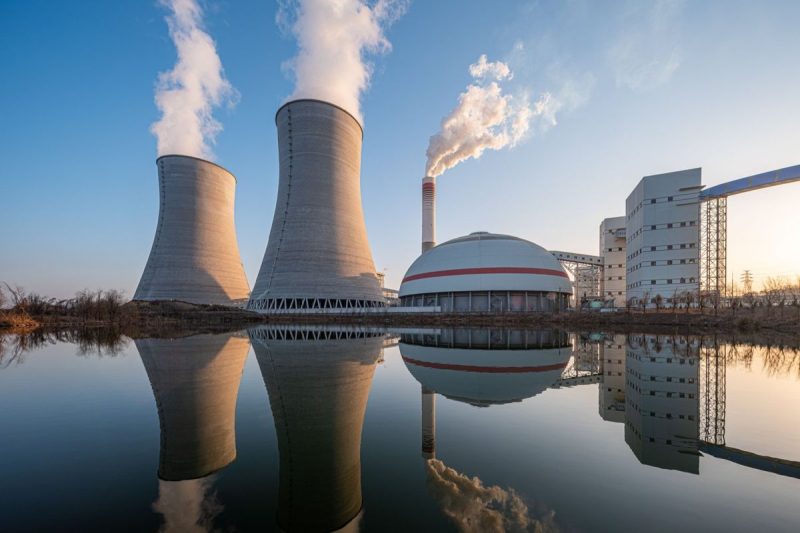Uranium stocks have been supported by a variety of catalysts this year, including geopolitical tensions, the energy transition and national security concerns.
The market is benefiting from more countries committing to building and expanding their nuclear energy supply. Investors are also recognizing the value in the reliable, clean electricity that uranium can produce.
Positive market fundamentals pushed the spot uranium price to 16 year highs in January, when values rose to US$106 per pound. However, the level proved unsustainable as prices have since contracted and remain range bound between US$79 to US$86 per pound since June.
Despite slipping from its January highs, the uranium market has been supported by news that production out of Kazakhstan will be impacted by a sulfuric acid shortage, which has prompted top-producer Kazatomprom to reduce its guidance for 2024 and 2025.
The investment thesis was further strengthened when US President Joe Biden signed the Prohibiting Russian Uranium Imports Act into law in early May. The measures, which are aimed at further sanctioning Russia and its invasion of Ukraine, took effect on August 11. As the largest end user of uranium for nuclear fuel, the US is now poised to increase domestic supply while also strengthening partnerships with ally nations Canada and Australia.
In response to the legislation, Russian President Vladimir Putin said in September that the country should consider export restrictions for the energy fuel and other in-demand raw materials; restrictions were put in place on November 15.
Although U3O8 prices slumped over the summer, the sector was abuzz with excitement when Constellation Energy (NASDAQ:CEG) penned a 20 year power purchase agreement with Microsoft (NASDAQ:MSFT).
The deal will see Constellation restart nuclear energy production at Three Mile Island (TMI) Unit 1.
Amazon Web Services (AWS), a subsidiary of Amazon (NASDAQ:AMZN), also partnered with Dominion Energy (NYSE:D) and Energy Northwest to implement small modular reactors (SMRs) to power its AI data centers.
“Big tech’s groundbreaking deals to power AI data centers with nuclear energy underscores the urgent need to secure stable, carbon-free electricity as energy demand surges,” an October uranium report from Sprott reads.
As nuclear energy demand is poised to grow, securing future supply becomes more imperative.
“To meet these 2040 projections, the uranium mine supply needs to more than double by then, but the supply response thus far has proven to be more challenging to ramp up than anticipated,” the report noted.
The list below provides an overview of the five largest uranium companies by market cap. All data was current as of November 13, 2024. Read on to learn about these stocks and their operations.
1. BHP (NYSE:BHP,ASX:BHP,LSE:BHP)
Market cap: US$135.55 billion
Mining major BHP owns and operates Australia’s Olympic Dam mine, considered one of the world’s largest uranium deposits. While the site is included in the company’s Copper South Australia operations portfolio and copper is the primary resource extracted, the mine also produces significant quantities of uranium, gold and silver.
In its half-year results announcement in February, BHP reported that higher average realized prices for copper, uranium, gold and silver had added an additional US$100 million of value to Copper South Australia.
According to BHP’s results for the nine months ended on March 31, uranium production at Olympic Dam totaled 863 metric tons year-to-date and 2,674 metric tons for the full nine month period.
While BHP shelved plans to expand the Olympic Dam mine in 2020, opting instead to invest in the existing infrastructure at the underground site, the company is currently evaluating options for a new two stage smelter, with a final investment decision expected between its 2026 and 2027 fiscal years.
Work was temporarily halted at Olympic Dam in October after electrical storms damaged transmission infrastructure.
Internally, the Australian mining giant began exploring the potential of nuclear propulsion for shipping in February. The decision falls in line with the company’s ambitious decarbonization goals. BHP hired Dutch nuclear consultancy firm ULC-Energy, to study various nuclear technologies for merchant vessels. The firm reported, ‘Full-scale nuclear propulsion would require new regulations, changes to operations, and solutions to technical problems.’
2. Cameco (NYSE:CCJ,TSX:CCO)
Market cap: US$23.66 billion
Uranium major Cameco holds significant stakes in key uranium operations within the Athabasca Basin of Saskatchewan, Canada. This includes a 54.55 percent interest in the Cigar Lake mine, the world’s most productive uranium mine.
The company also owns 70 percent of the McArthur River mine and 83 percent of the Key Lake mill. Orano Canada is Cameco’s primary joint venture partner across these operations.
Weak spot uranium prices between 2012 and 2020 weighed heavily on pure-play uranium producers. In 2018, Cameco closed the McArthur River and Key Lake operations, reducing annual uranium output from 23.8 million pounds in 2017 to 9.2 million pounds in 2018. Improving market dynamics prompted the company to restart MacArthur Lake in 2022.
As a full nuclear fuel cycle provider, Cameco, in partnership with Brookfield Renewable Partners and Brookfield Asset Management, completed the purchase of Westinghouse Electric Company — a leading provider of nuclear power plant services and technologies — in November 2023. The deal was announced in 2022.
In its Q2 results, the company noted that the uranium segment is performing well, with strong production and financial results for the quarter and first half of the year. Additionally, increased revenues and gross profit were driven by a higher average realized price.
Production in Q2 was up year-over-year to 6.2 million pounds. While year-to-date deliveries of 13.5 million pounds were slightly lower than in 2023, Cameco maintained its annual guidance of 32 million to 34 million pounds.
In early November, Cameco released its Q3 results, highlighting a 43 percent year-over-year production increase to 4.3 million pounds. Revenues also rose, coming in at US$721 million, a 75 percent year-over-year increase. The mining major reported a significant net earnings decline due to logistical issues at its Inkai joint venture in Kazakhstan and costs tied to Westinghouse.
3. NexGen Energy (NYSE:NXE,TSX:NXE,ASX:NXG)
Market cap: US$4.29 billion
NexGen Energy, a company specializing in uranium exploration and development, is primarily focused on the Athabasca Basin. Its flagship project is the Rook I project, which includes significant discoveries such as Arrow and South Arrow.
The company also owns a 50.1 percent interest in exploration-stage company IsoEnergy (TSXV:ISO,OTCQX:ISENF).
In late May, NexGen completed the purchase of 2.7 million pounds of U3O8 for US$250 million. This acquisition was financed through the issuance of US$250 million in five year, 9 percent unsecured convertible debentures.
In a company release, CEO Leigh Curyer stated that the transaction enhances the progress of ongoing offtake negotiations, aiming to maximize the value of NexGen’s substantial uranium inventory in preparation for future production and sales. He highlighted the strategic importance of having 2.7 million pounds of uranium in inventory following the enactment of the Prohibiting Russian Uranium Imports Act.
An August press release from the company provided an updated economic report for the Rook I project. The new cost breakdown includes estimated pre-production capital costs of C$2.2 billion, with an “industry-leading” average operating cost of C$13.86 per pound of U3O8 over the mine’s lifespan.
Sustaining capital costs are projected at C$785 million, averaging C$70 million per year, including closure costs. The statement noted that the cost adjustments account for inflation, engineering advancements and improved environmental performance.
A mid-November announcement provided an update on the company’s 2024 drill campaign at Rook I’s Patterson Corridor East. The extensive 34,000 meter drill program, which NexGen described as the largest in the Athabasca Basin this year, uncovered a new uranium zone that it has extended to 600 meters along strike and depth. Hole RK-24-222 returned 17 meters of high-intensity mineralization, the best result at the corridor to date.
4. Uranium Energy (NYSEAMERICAN:UEC)
Market cap: US$3.11 billion
Uranium Energy (UEC) has two production-ready in-situ recovery (ISR) uranium projects — its Christensen Ranch uranium operations in Wyoming and its Texas Hub and Spoke operations in South Texas — as well as two operational processing facilities. It plans to restart uranium production in Wyoming in August and resume South Texas operations in 2025.
The company has built one of the largest US-warehoused uranium inventories, and in 2022 it secured a US Department of Energy contract to supply 300,000 pounds of U3O8 as part of the country’s move to establish a domestic uranium reserve.
UEC also holds a wide portfolio of uranium projects in the US and Canada, some of which have major permits secured. In August 2022, UEC completed its acquisition of uranium company UEX. That same year, UEC also acquired both a portfolio of uranium exploration projects and the Roughrider uranium project from Rio Tinto (ASX:RIO,NYSE:RIO,LSE:RIO).
In May, the company released a statement in support of the US government’s decision to ban Russian uranium imports. In the announcement, Amir Adnani, UEC’s president and CEO, expressed gratitude for the bipartisan bill, emphasizing its role in bolstering US energy and national security by ending reliance on Russian uranium imports.
In mid-August UEC reported the successful restart of uranium production at its Christensen Ranch ISR operations in Wyoming. The first shipment of yellowcake is expected by November or December 2024.
Most recently, UEC submitted an initial economic assessment for its Roughrider project in the Athabasca Basin, which included a post-tax estimated net present value of US$946 million.
5. Denison Mines (TSX:DML,NYSEAMERICAN:DNN)
Market cap: US$1.91 billion
Denison Mines is focused on uranium mining in Saskatchewan’s Athabasca Basin. holding a 95 percent interest in the Wheeler River uranium project, which hosts the Phoenix and Gryphon deposits.
Denison has significant landholdings in the basin, through both operating and non-operating joint venture interests with uranium majors such as Orano and Cameco. This includes a 22.5 percent interest in Orano’s McLean Lake mill and mine, the latter of which is expected to re-enter production in 2025.
In 2023, Denison completed a feasibility study for the Phoenix deposit, which hosts proven and probably reserves of 56.7 million pounds of uranium. The company is planning to use in-situ recovery for Phoenix and is targeting first production for 2027 or 2028. Denison also updated the 2018 pre-feasibility study for the Gryphon deposit as an underground mine. According to the company, both deposits have low-cost production potential.
In late September, Denison entered into an option agreement with Foremost Clean Energy (NASDAQ:FMST,CSE:FAT), which was formerly Foremost Lithium. Under the deal Denison has granted Foremost the option to acquire up to 70 percent of its interest in 10 uranium exploration properties. For its part, Foremost will provide Denison with a mix of cash, shares, and/or exploration spending commitments.
Denison’s recently released Q3 results underscored positive financial and operational results, with progress on the company’s flagship Wheeler River project in Saskatchewan. Key highlights include ongoing field tests for the Phoenix uranium deposit’s ISR method, aiming to confirm the project’s feasibility and economic potential.
FAQs for uranium investing
What is uranium?
First discovered in 1789 by German chemist Martin Klaproth, uranium is a heavy metal that is as common in the Earth’s crust as tin, tungsten and molybdenum. Named after the planet Uranus, which was also discovered around the same time, uranium has been an important source of global energy for more than six decades.
What country has the most uranium?
Australia and Kazakhstan lead the world in both terms of uranium reserves and uranium production. Australia takes first prize for the world’s largest uranium reserves, representing 28 percent globally at 1,684,100 MT of U3O8. However, the Oceanic country ranks fourth in global uranium production, putting out 4,087 MT of U3O8 in 2022.
For its part, Kazakhstan controls 13 percent of global uranium reserves and leads the world in uranium production with 2022 output of 21,227 MT. Last year, Canada passed Namibia to become the second largest uranium producer, putting out 7,351 MT of U3O8 in 2022 compared to Namibia’s 5,613 MT. The countries hold 10 percent and 8 percent of global reserves respectively.
Securities Disclosure: I, Georgia Williams, hold no direct investment interest in any company mentioned in this article.
